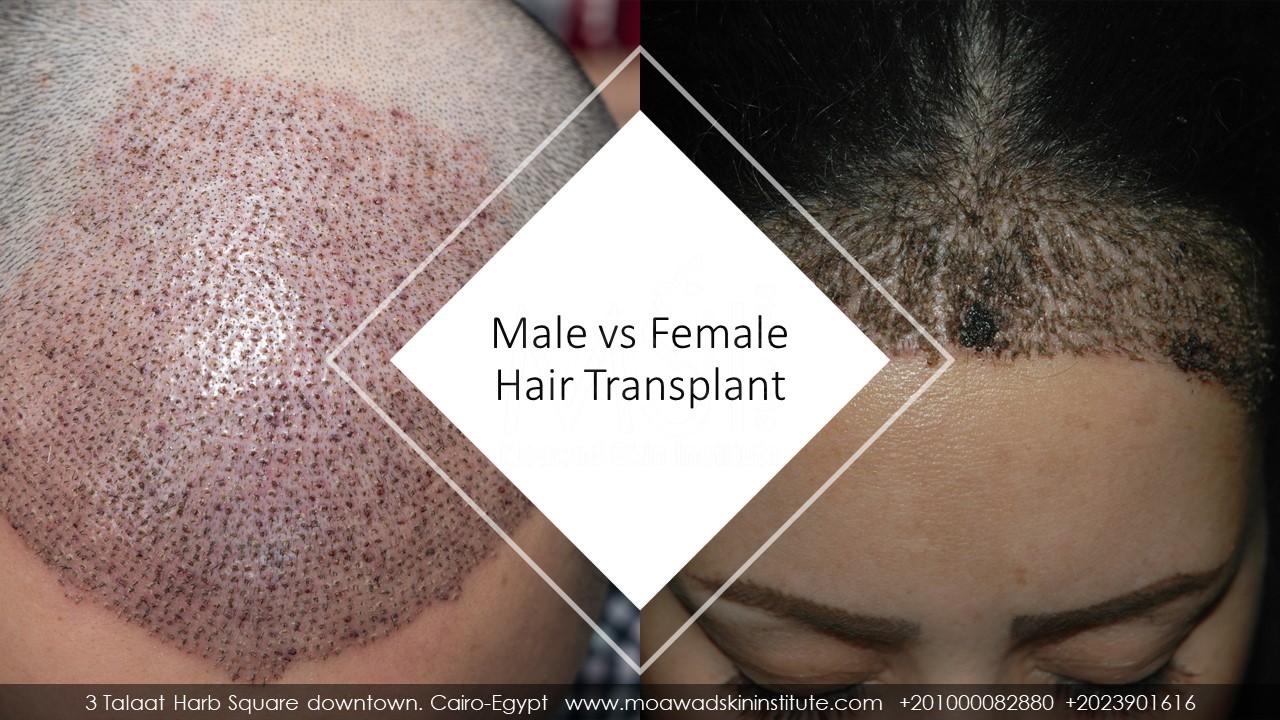Hair Transplant Surgery
Hair restoration involves moving hair from one body area to another for cosmetic improvement. The latest advances in the field, such as smaller grafts, follicular unit extraction or FUE, and novel pain reduction methods, make hair restoration treatment successful, safer, and more comfortable. Hair transplantation is most used for male pattern baldness. The second most common use is to treat female pattern baldness. An increasing number of women do not experience recession but wish to advance their hairline forward because of the congenital high hairline, traction alopecia, or previous facial cosmetic surgery. There are several key differences to note about the appearance of the male verse female hairline. It has been previously reported that the male hairline is typically 7 to 8 cm above the glabella and 5 to 7 cm in women. Besides, a variety of conditions can be successfully treated with hair transplantation, such as scalp scarring, facial scars due to trauma or surgery, and hair loss due to traction can be repaired with hair transplantation. Finally, hair transplantation can be successfully used to restore hair to the eyebrows, eyelashes, beard, mustache, or goatee area; and even in areas of the body, such as the pubis or chest. The PRP and growth factors are used pre-operatively, intra-operatively, or post-operatively. The scalp where hairs are transplanted decreases bleeding, and bruising accelerates healing and reduces shock hair loss. The injection of nanofat or enriched microfat is performed subcutaneously above the galea and in proximity to the hair bulb, which is the region where stem cells exist.
